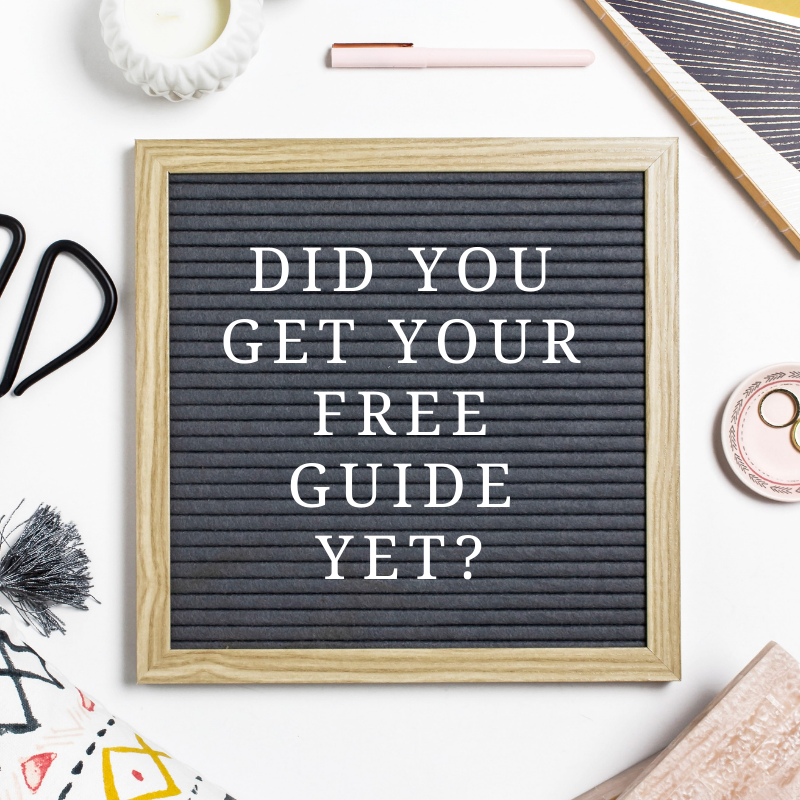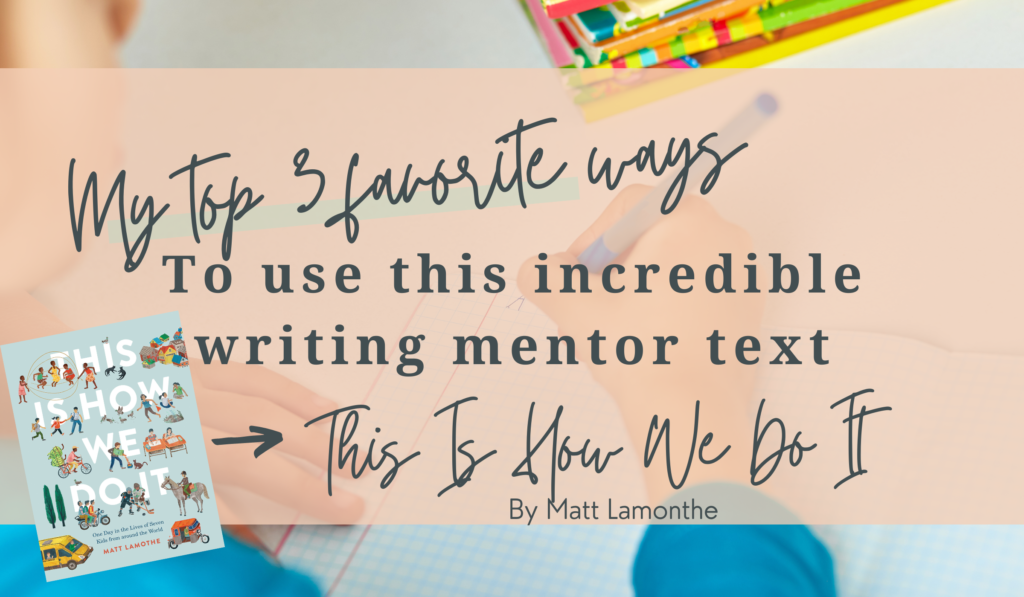
Elementary writing workshop teachers, finding the right writing mentor texts can be difficult! Matt Lamonthe’s best selling book, “This Is How We Do It: A Day in the Lives of 7 Children Around the World” makes an incredible writing mentor text for the intense back-to-school season and beyond. Read on to discover my three favorite ways to put this incredibly student-friendly text for writing into action!
Into learner-centered teaching?
Me too. Like, a lot. That’s why I created this FREE guide to inspire learner-centered teaching practice in our elementary classrooms. Grab your copy today!
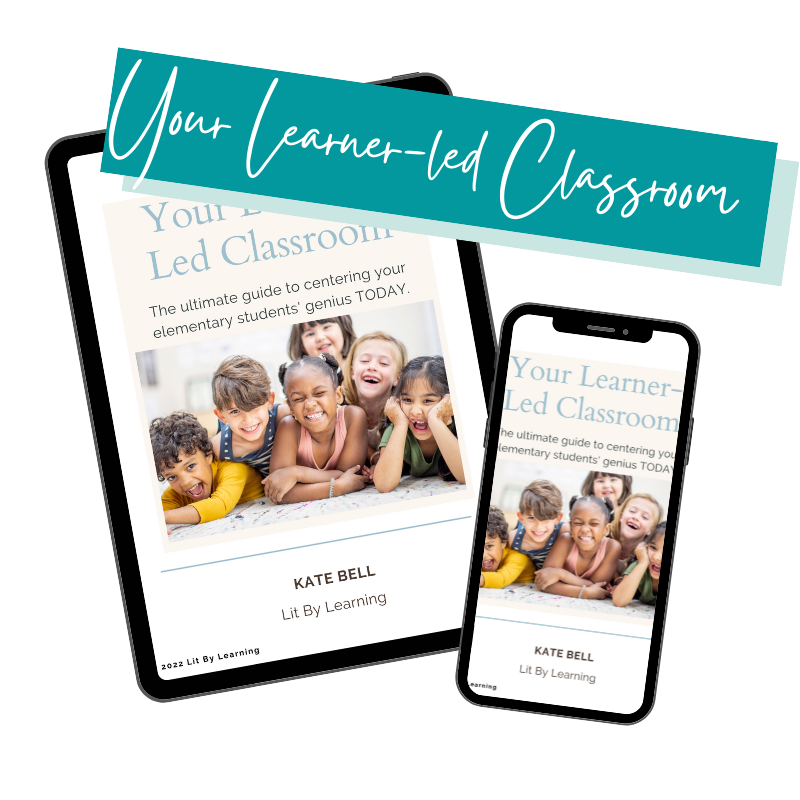
What I look for in writing mentor texts
I’m very picky about all the books I choose for my classroom, but am especially choosy when it comes to writing mentor texts. Why? Because we usually are reading (and rereading!) them for quite a while and simply put: I don’t like boring, bad books.
More technically, I look for an excellent mentor text for writing to have a few characteristics:
- It’s connected to what we’re learning in our bigger inquiry: Cross-curricular is the name of my education game, so the writing mentor text needs to feature content that is relevant to what we’re learning.
- It’s highly accessible for all of my students: I need my students to readily notice our focus features of writing. They can’t be getting so lost in the depths of the content of the text that they’re unable to devote their focus to the author’s craft. Because of this, I look for patterns and easily-understood formatting.
- I need to like the writing mentor text: If I’m not excited about the book, my elementary writing students sure won’t be either. This text needs to be high-quality: a book that I truly enjoy and am proud to endorse to my students.
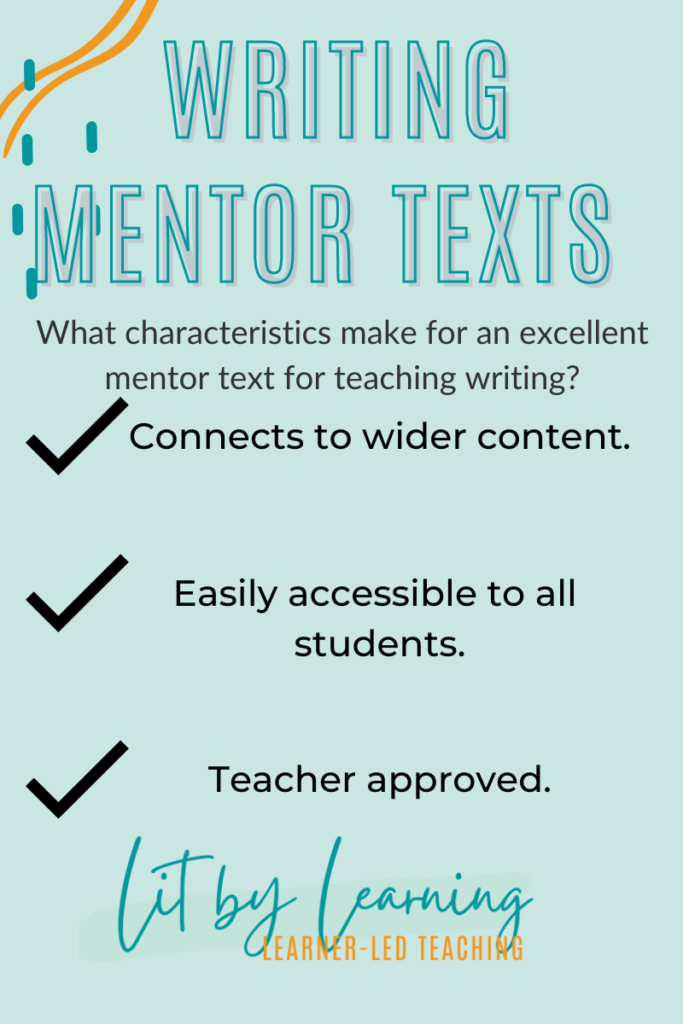
For more information about the characteristics of a good mentor text for writing, check out this article from the Iowa Reading Research Center.
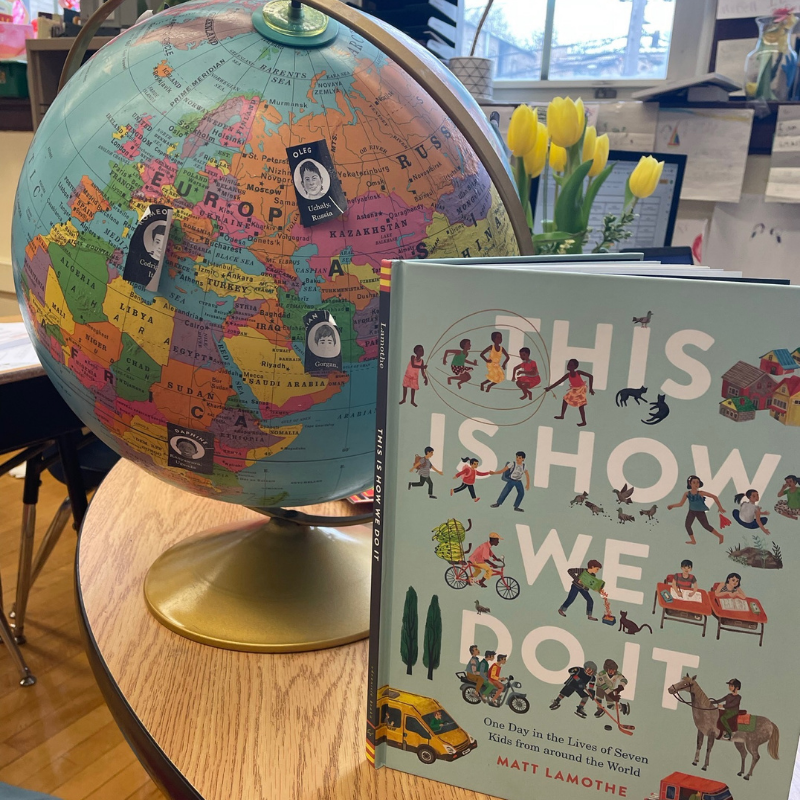
Why I particularly love this mentor text
Matt Lamothe’s “This Is How We Do It” is an engaging, accessible text that explores the diverse lives of kids from around the world. Walking chronologically through a day in each of the 7 kids’ lives, this relatable text acts as both a mirror and a window for young students.
Prompting discussions about similarities and differences and providing many opportunities to make cross-cultural connections, the book promotes thinking globally. It also addresses many of the Learning for Justice Social Justice Standards which my forward-thinking school now requires.
This writing mentor text is so simply written and beautifully illustrated that it makes a fascinating read-aloud AND an excellent writing mentor text. The predictable language patterns can easily be turned into early writer-friendly sentence frames, making it perfect for young authors and multilingual students.
Finally, I LOVE the engaging illustrations in this beautiful book. The beautifully detailed pictures draw the students (and me!) right in and yet are easily mimicked by young author-illustrators. We as early elementary teachers know the connection between drawing and early writing.
In short: Matt Lamonthe’s “This Is How We Do It” book has it all!
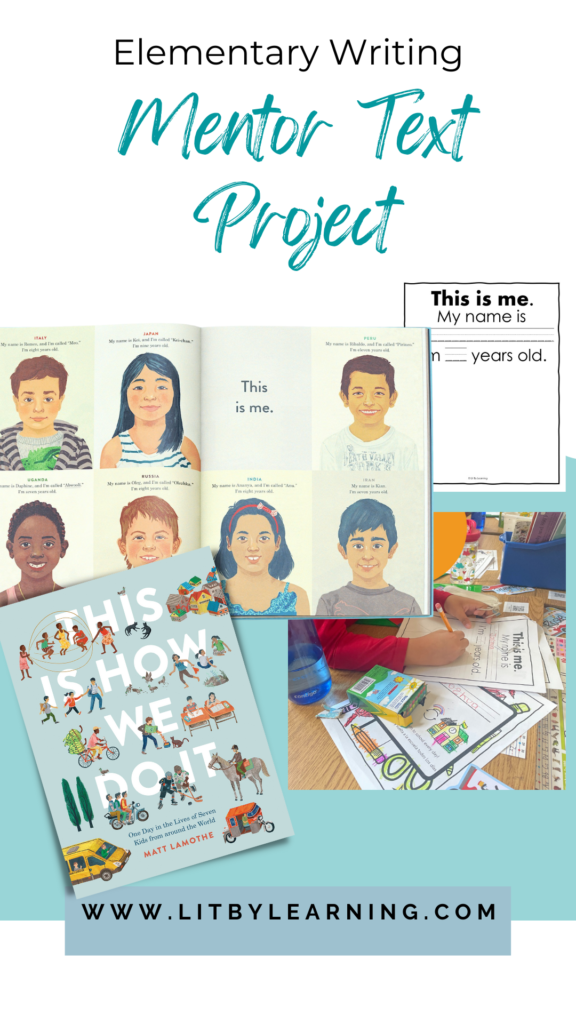
The 3 ways I use this writing mentor text
1. Making individual books as a beginning of the school year activity
The absolute easiest on-ramp to writing and get-to-know-you project I’ve ever done! My first grade students and I read “This Is How We Do It” 1-2 pages at a time, noticing not only the information that is shared, but also the structure of the sentences. Immediately after reading, students go back to their own desks to create their OWN version of today’s featured page. We start out super simply with the “This Is Me” page and, having built some writing confidence, continue to more complex pages as we go.
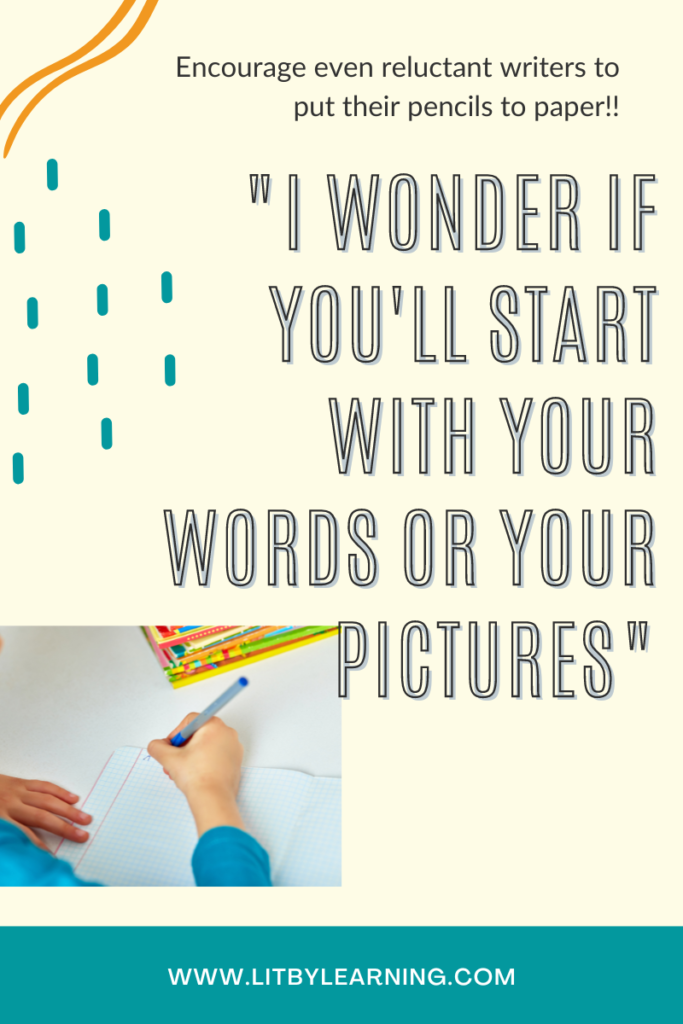
We certainly don’t replicate all of the pages (!), but instead, just choose the ones that will help us most meaningfully get to know one another. For this year’s class that meant:
- This is Me: Introducing our names and our ages.
- This is who I live with: Introducing our families.
- This is how I get to school: Describing the ways we walk or ride to school each morning.
- This is how I play: Writing about some of our favorite ways to have fun!
The day-to-day writing of these individual books is a wonderful way for students to ground what otherwise can be awkward get-to-know-you conversations. Their completed projects make lovely writing to display for Parent-Teacher conferences and curriculum nights. With the writer’s permission, I also love to add their books to a special bin in our Classroom Library for classmates to check out!
2. Creating a cooperative class book!
This option is similar to the first, but instead of students writing individual books, they cooperate to create a class book. This is a perfect activity for a writing center or small groups: after modeling with the mentor text, students work to create their own “square” to add to the class book. What a great way for young authors to work collaboratively to create what will become a classroom library treasure!
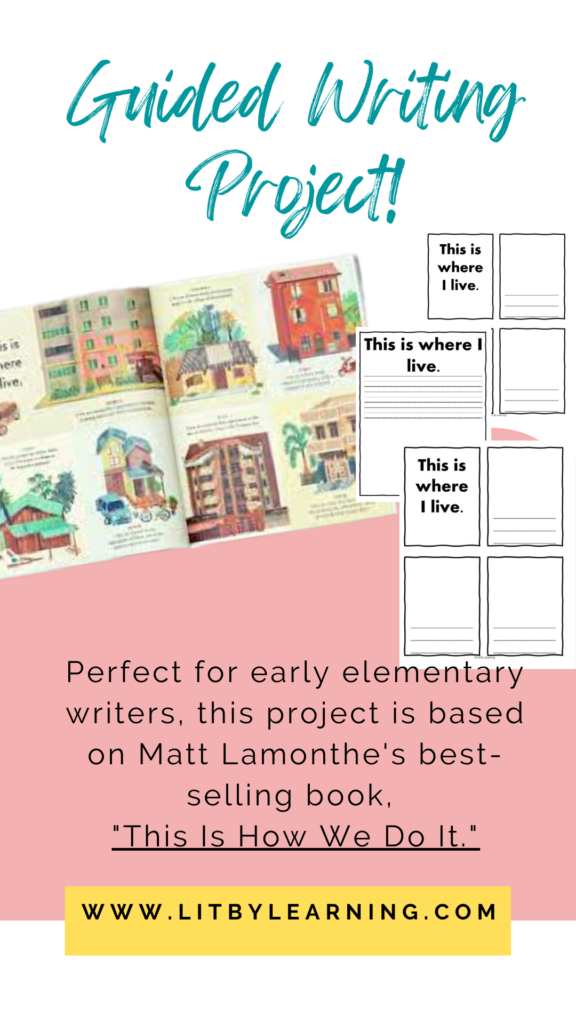
3. Researching still more countries and cultures around the world!
A third way to use “This Is How We Do It” as a writing mentor text is as a research project. For this idea, students will enjoy the mentor text and then conduct research about what daily life could be like in yet another place around the world. This is a perfect opportunity for cross-cultural “pen pal” type activities or to explore other non-fiction texts! Once students complete their research, they show their learning by writing as a the other person or character!
To avoid overwhelm with this research option, I often like to narrow down our focus to just one subtopic:
- Food around the world: Model with the mentor text on the “this is what I eat for breakfast/lunch/dinner” pages.
- School around the world: Model using the pages that feature school routines!
- Families around the world: I think you’re getting the idea
Here are some book recommendations!
Grab your bilingual writing resouce today!
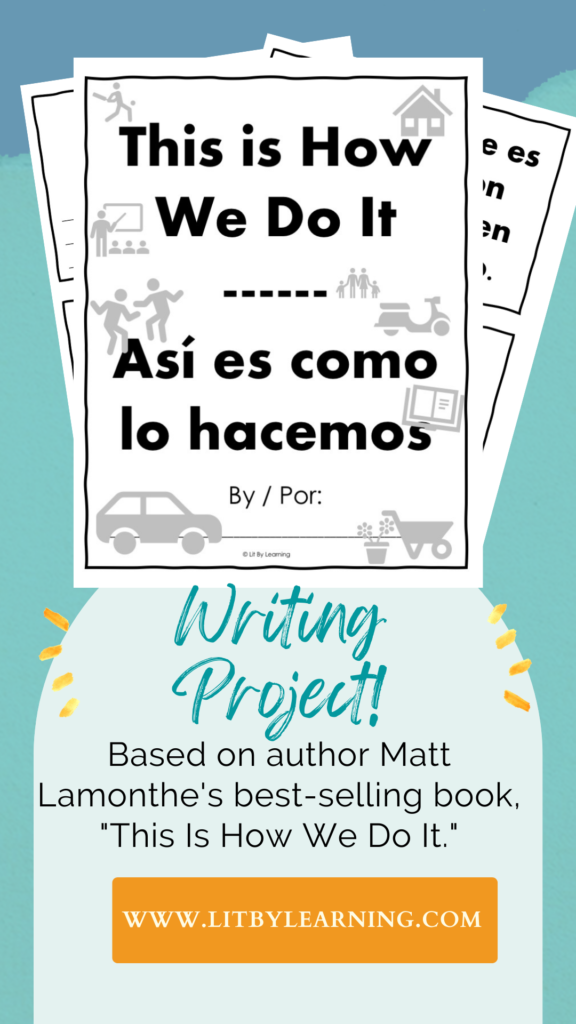
Read more!
Check out these other posts by Kate at Lit By Learning!
- 11 Genius Strategies for Differentiating Instruction for ELL Students
- How to Build a Student-Centered vs. Teacher-Centered Classroom
- Return to School: 10 Read-Aloud Books about Community
